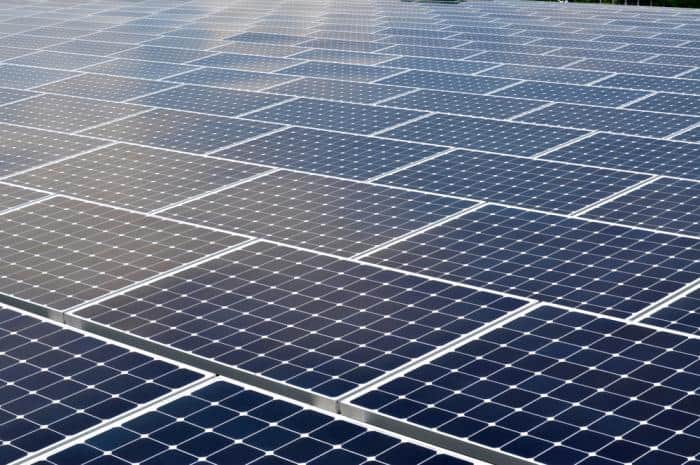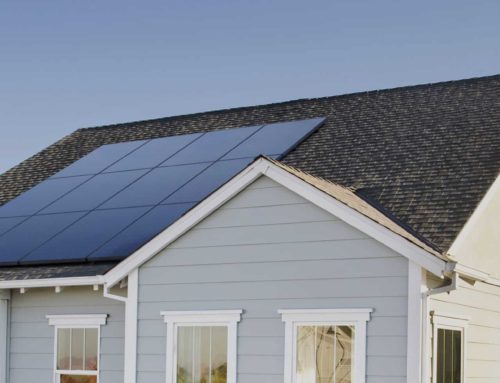When Total and SunPower united in 2011 to reshape the solar industry, little did we know that global solar capacity would increase three-fold in less than four years (70 GW to 233 GW). In the United States, the price of solar dropped 70 percent between 2009 and 2015. And during the same time period, world leaders came together to finalize a landmark climate change agreement that would, for the first time in history, provide a clear pathway to a clean energy future.
As we announced our partnership, I stated: “The world future energy balance will be the result of a long-term transition in which renewable energies will take their place alongside conventional resources.”
Never has this been as true as it is today, but by all accounts the transition period is becoming shorter and shorter. And that’s a good thing.
Today, we’re taking another step that advances our shared goals. Total and SunPower will extend their partnership through a number of new initiatives, including a four-year supply agreement where SunPower will provide 200 megawatts of solar for 5,000 Total service stations beginning next year.
The framework agreement also includes an option for an additional 50 megawatts to be deployed on commercial buildings. Additionally, our companies have agreed to expand an existing global solar power plant project partnership to include increased co-development and ownership opportunities in Japan, South Africa and France, among other markets.
It goes without saying that the solar market is in the midst of a period of transformation. Despite recent momentum and the alignment of public policy and consumer adoption, a “perfect storm” of market forces has created a sense of uncertainty for the global solar industry.
At the business level, companies will be challenged to devise and implement profitable product lines. Many will survive, some likely will not.
Integration of New Energy Models
For Total and SunPower, we view this as a unique opportunity. Over the last decade, we’ve seen traditional energy companies embrace solar, wind and other renewable sources. As a result, the longstanding premise that these renewable sources will always represent a tiny fraction of global supply is no longer applicable. Integration of new energy models, including a focus on natural gas, will define who wins and who gets left behind.
Consider IEA data: In 2013, renewable sources powered 22 percent of the global supply. By 2020, they’re projected to power 26 percent. This is the single largest increase in history. For the world’s largest oil and natural gas companies, it’s time to question the business model that will be required to meet current and future demand.
Despite market turbulence, the common thread worldwide is that there is consensus that the demand for renewables is sharply increasing, with a few exceptions. The advantage for solar is that the supply is ubiquitous. As costs continue to come down, it will be up to leading energy providers to establish new business models and blueprints. Those who wait won’t be around to see it come to fruition.
This announcement by Total and SunPower is further proof that renewable energies are actively taking their place alongside conventional resources.
Together, we’re growing and innovating while helping to pave the path to a future of abundant energy.
This post originally appeared on the SunPower Resource Blog










